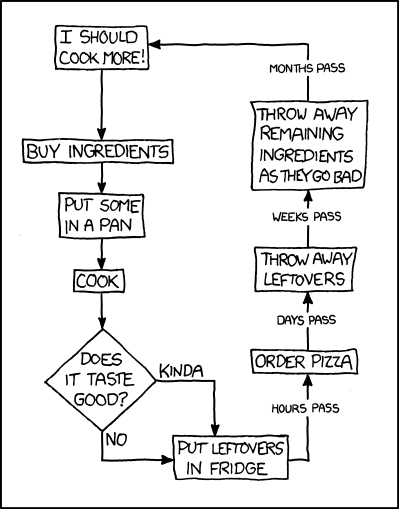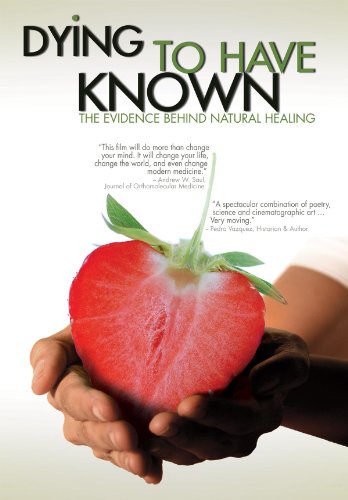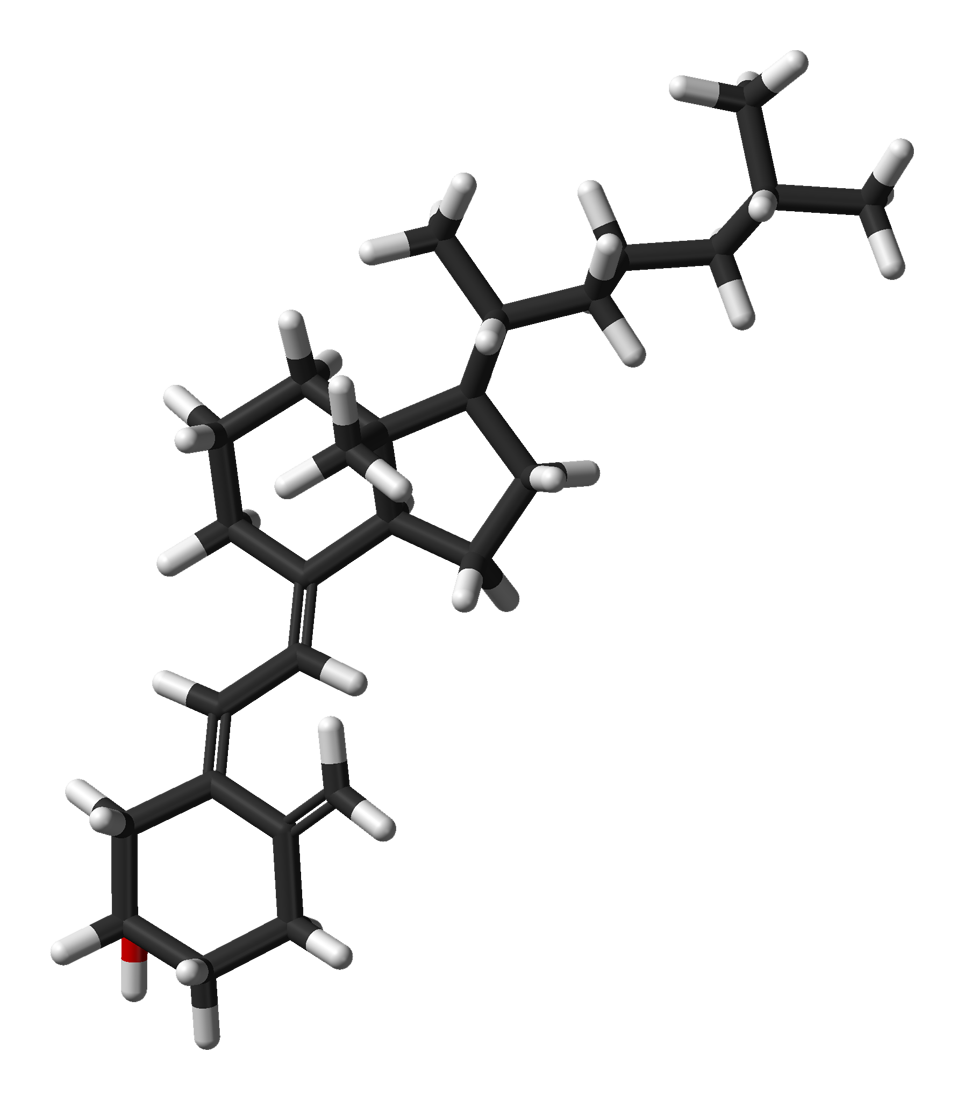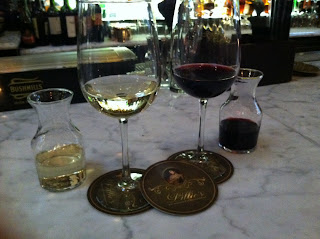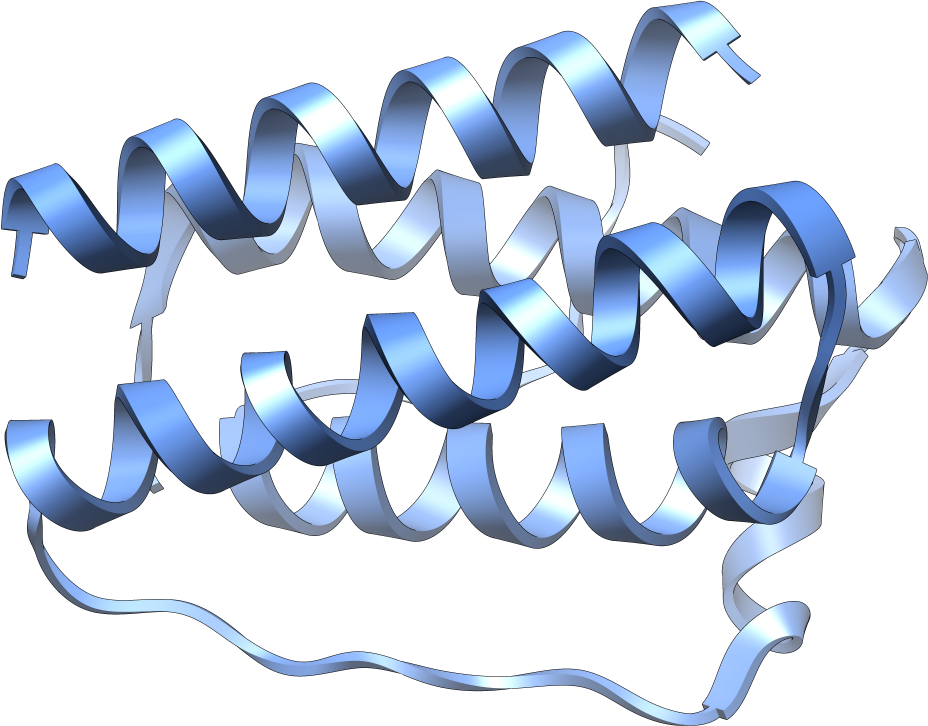
There are a lot of diets out there spurning carbohydrates as the
fruits of the devil, but if my memory of high school biology serves, our body needs carbs to survive. Carbohydrates supply the energy our cells need to function, so a diet without carbs is like putting bread in your toaster, but not plugging it in.
Let's get biological!
Yes, carbohydrates are sugars (or rather, sugars are carbohydrates) and everyone's first reaction to the word sugar is, "Eek! Sugar! Fat! Get it away!" Chill people, we're not talking about Mike and Ike's or
Amazing Fruit here. Your DNA is made out of sugar for Pete's sake! (Deoxyribose is a key component in deoxyribonucleic acid [DNA].)
So let's forget our prejudice of sugar as a fat-inducing monster and think of it simply as an organic compound naturally found in such healthy things as fruits and vegetables!
Chemically, carbohydrates are just compounds that contain only carbon, hydrogen, and oxygen (with hydrogen and oxygen in a 2:1 ratio, as in water [H2O]). When you think about it, we are carbon-based life forms that are made up of 60% water so hating carbs is like hating yourself.
Have some self-esteem!
The No-Carb Diet
The science, and reasoning, behind the No-Carb diet is based on a survival mechanism in the body to fight against starvation. Without carbohydrates to replenish glycogen stores, the body turns to gluconeogenesis: a process where the body creates glucose (a carbohydrate!) from non-carbohydrate substrates such as stored fats. Yes, your body will break down fat stores and when those are exhausted, go to protein stores (e.g. muscles). The muscle bit is in extreme cases of starvation, of course, but remember that this is merely a survival mode for the body. To avoid gaining weight, you wouldn't be able to eat carbohydrates again. Ever. And a world without birthday cake is not worth living in.
...at least in my opinion.
Arguments
for the No-Carb diet are that gluconeogenesis is a naturally occurring process and that carbohydrates do not actually provide anything that lipids and proteins cannot provide.
This is questionable since proteins, for example, contain no carbon. They have nitrogen instead. So there's one thing carbs can give you that proteins can't!
The anthropological answer is that the Inuits eat a similar diet of protein and fat with very little to no carbs and hey look...they're still alive! Except they have the "worst longevity statistics in North America." (Joel Fuhrman, Diseaseproof.com)
So...there's that!
There are a thousand diets out there. Why would you pick the one that says vegetables are bad?
Source:
Diseaseproof.com


